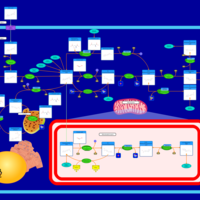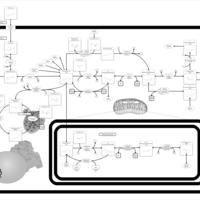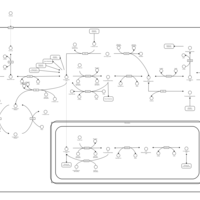| One carbon pool by folate |    |
| Tryptophan metabolism |    |
| Pterine Biosynthesis |    |
| Steroid Biosynthesis |    |
| Androgen and Estrogen Metabolism |    |
| Ibandronate Action Pathway |    |
| Simvastatin Action Pathway |    |
| Pravastatin Action Pathway |    |
| Rosuvastatin Action Pathway |    |
| Alendronate Action Pathway |    |
| Lovastatin Action Pathway |    |
| Zoledronate Action Pathway |    |
| Cerivastatin Action Pathway |    |
| Risedronate Action Pathway |    |
| Pamidronate Action Pathway |    |
| Fluvastatin Action Pathway |    |
| Atorvastatin Action Pathway |    |
| Hypercholesterolemia |    |
| Lysosomal Acid Lipase Deficiency (Wolman Disease) |    |
| 17-Beta Hydroxysteroid Dehydrogenase III Deficiency |    |
| Desmosterolosis |    |
| CHILD Syndrome |    |
| Chondrodysplasia Punctata II, X Linked Dominant (CDPX2) |    |
| Smith-Lemli-Opitz Syndrome (SLOS) |    |
| Methotrexate Action Pathway |    |
| Dopa-responsive dystonia |    |
| Hyperphenylalaniemia due to guanosine triphosphate cyclohydrolase deficiency |    |
| Hyperphenylalaninemia due to 6-pyruvoyltetrahydropterin synthase deficiency (ptps) |    |
| Hyperphenylalaninemia due to dhpr-deficiency |    |
| Segawa syndrome |    |
| Sepiapterin reductase deficiency |    |
| Cholesteryl ester storage disease |    |
| Hyper-IgD syndrome |    |
| Mevalonic aciduria |    |
| Wolman disease |    |
| Methylenetetrahydrofolate Reductase Deficiency (MTHFRD) |    |
| Aromatase deficiency |    |
| Folate malabsorption, hereditary |    |
| Androstenedione Metabolism |    |